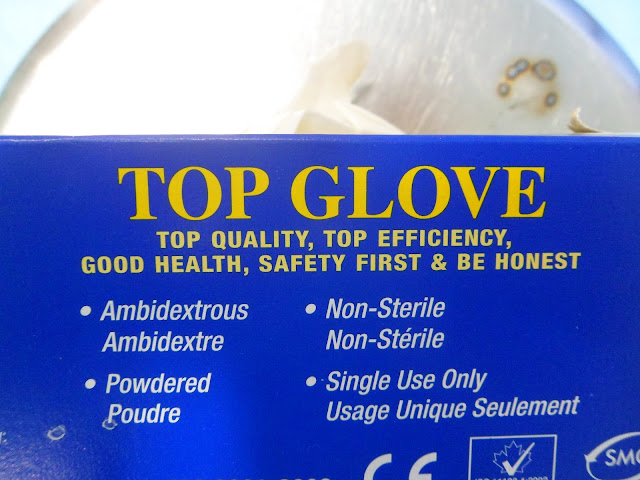The team: Amahl, Teresa, Samer and I met breakfast at the hotel before heading off to the hospital. My previous experience with screening on the West Bank involved pediatric urology and a surgeon who spoke no Arabic. Today was much different, with patients coming in suffering from medical illnesses that would not benefit from surgery. We did two cases in the operating room. One was especially memorable: a fourteen year-old girl for a revision of her ventriculo-peritoneal shunt. I did not have her endotracheal tube sufficiently secured and it came out while the surgeons were tunneling the distal portion of the shunt. I tried deflating the cuff and blindly pushing it back into her larynx without success. At this point standard procedure would have been to tell the surgeon to cover the wound, pull down the drapes and re-intubate her. Since she was well oxygenated I removed the tube and put a mask over her face, giving her gentle positive pressure ventilation. Happily I did not use a muscle relaxant for this case so she started breathing spontaneously within a few minutes. I had a stable, satisfactory situation so I kept this up for the forty minutes it took to complete the surgery. Given the risk of shunt infection with a break in sterile technique I think I managed the case appropriately. I want to stress to anyone in an anesthesia training program that this is not the management I would describe to a board examiner. Keep in mind the sentiments found on this box of exam gloves.

No comments:
Post a Comment